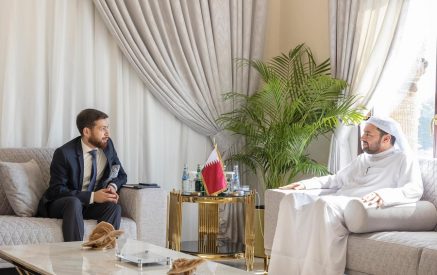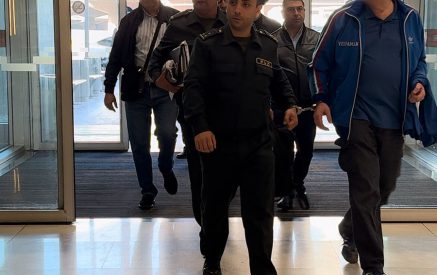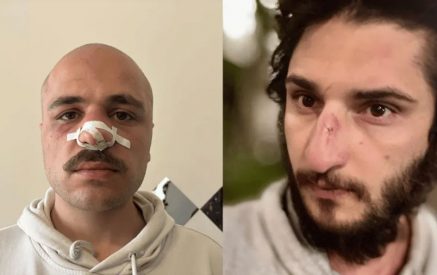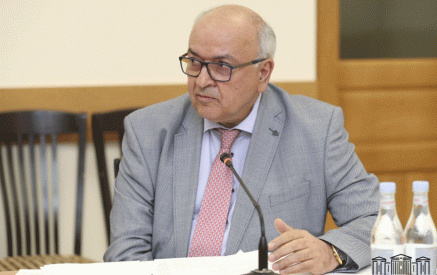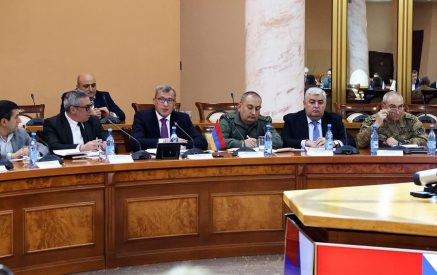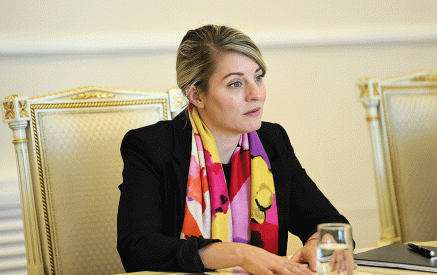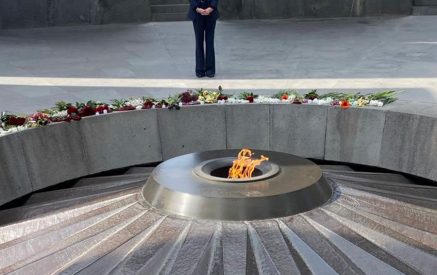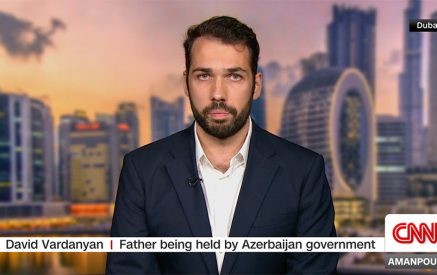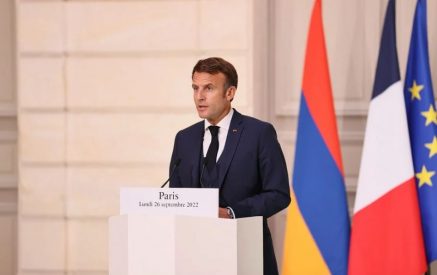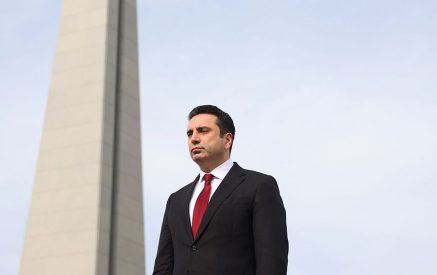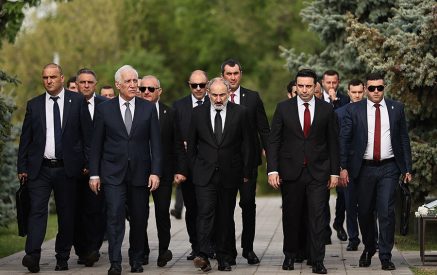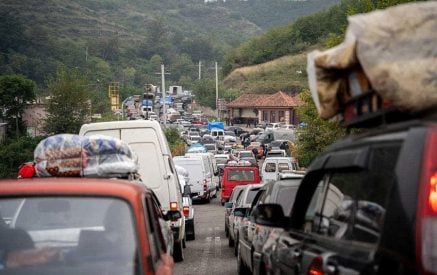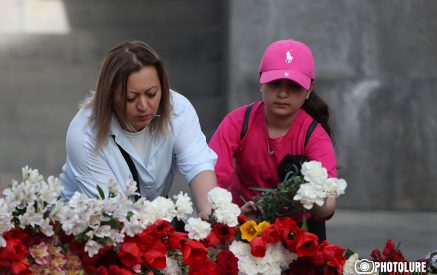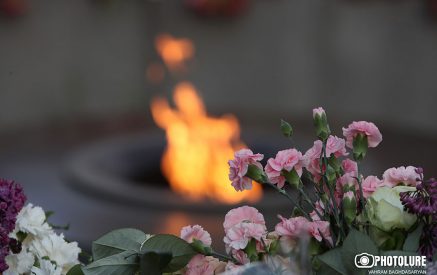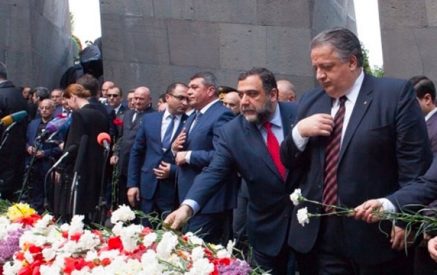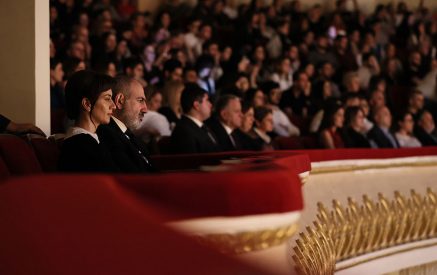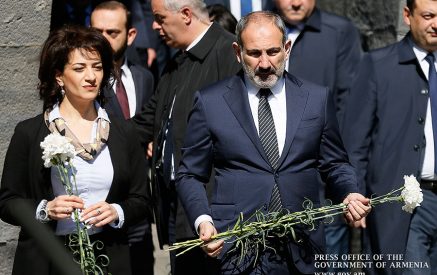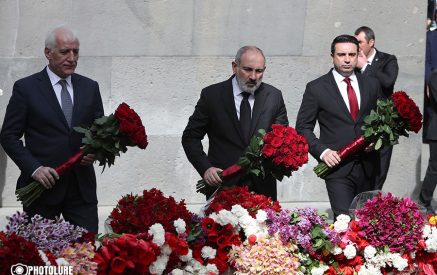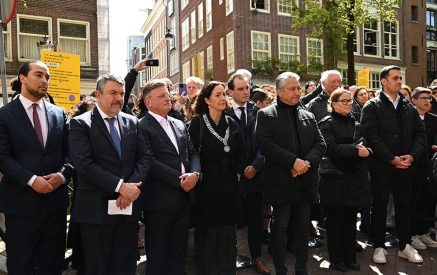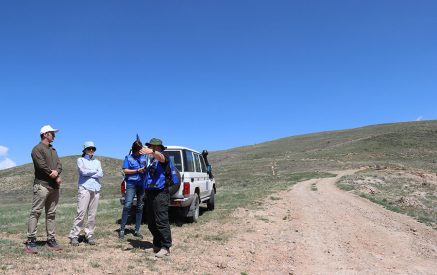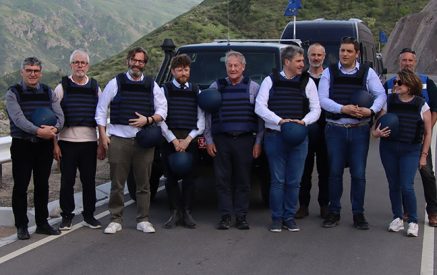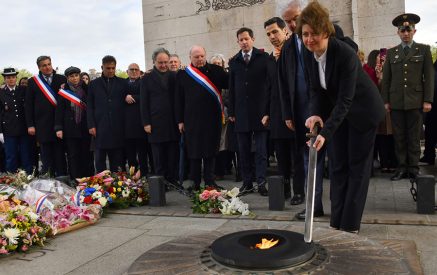By Davit Alaverdyan:
Imagine a 3,000km tourist route stretching from Thessaloniki in Greece to Meghri in Armenia, following in the path of ancient merchants from the shores of the Aegean, along the coast of the Black Sea, all the way to the southernmost point of Armenia.
This is the vision of the Black Sea Silk Road Corridor project (BSSRC), an EU-funded cross-border cooperation project that brings together four countries – Greece, Turkey, Georgia and Armenia – in a common initiative to promote tourism, travel and shared culture.
The project kicked off on 16 July 2013 at Noravank monastery in Vayots Dzor marz, Armenia. It is financed by the EU Black Sea Basin Joint Operational Programme, with an EU input of almost €680 000. Along the 3,000km route from Thessaloniki to Meghri, the initiative supports the development of 173 communities along the way, 43 of them in Armenia. As well as concrete support and development on the ground, the project has also created a virtual tourist route and a business inquiry line, available on smartphones and tablets, and helping tourists in their quest to follow the road of the ancient merchants.
As part of the project, 192 historic-cultural sites were marked with information panels, and support was given and expertise shared with local tourist operators; a web portal and 5 smart phone apps were also created, highlighting sites on the trail, with GPS navigation, interactive maps, multi-language, and multi-media presentations of each site on the trail, all fully integrated with the most popular social networks.
Fully integrated into the portal and apps is the Business Directory, a comprehensive listing of tourism service providers at each site. The Directory contributes to the sustainable development of rural communities by putting visitors in touch with locals, improving income and empowering local communities to develop attractions and venues for future visitors, including sustainable, eco-friendly activities and improvements.
Heghineh Ghazaryan, owner and manager of the Noravank guest house in Chiva village, just north of the monastery of the same name, said the Silk Road project had really helped her business.
“Our guest house has been there for a long time, but thanks to the programme’s workshops and various events, we acquired knowledge that helped us to optimise our expenses, expand our activities, and provide tourists with services of much higher quality,” said Ghazaryan.
She is especially glad for the opportunity to meet many interesting people within the programme, including foreigners who shared with her their skills and experience of managing similar businesses. Ghazaryan hopes ways can be found for the programme to continue, grateful for the ways in which it has promoted the development of her local community.
The ancient Silk Road was a path for ideas and cultures, as much as a trade route. The first intercontinental road in history facilitated the exchange of trade, science, art, cultures and ideas between the empires and kingdoms along its way. The Silk Road facilitates peace, as trade relations can’t exist and develop in the face of closed borders or conflicts. Therefore, its most important role is to promote tolerance and peaceful coexistence.
The ancient Silk Road was a path for ideas and cultures, as much as a trade route. The first intercontinental road in history facilitated the exchange of trade, science, art, cultures and ideas between the empires and kingdoms along its way. The Silk Road facilitates peace, as trade relations can’t exist and develop in the face of closed borders or conflicts. Therefore, its most important role is to promote tolerance and peaceful coexistence.
The trail starts with Greece, famous for its sea and beaches, a country with an abundance of hidden treasures and wildlife reserves. Next is Turkey, the link between Europe and Asia with sites from ancient cities to natural springs and mud baths, from mountain hiking trails to craggy beaches. Then comes Georgia, rich with deep valleys, sunny plateaus, teeming forests, sparkling mineral springs, caves and waterfalls. Finally, the trail ends in Armenia, one of the oldest civilisations in the region. Armenia’s trails course through deep woods and grassy plains, over fields of wild flowers and along bubbling springs and rivers.
Within the project, 43 tourist sites in Armenia have installed signposts, information posters, pedestrian traffic and hiking signs, and tour plaques, which provide multilingual information for tourists.
The project coordinator in Armenia is the Armenian Monuments Awareness Project (AMAP) Human Development NGO. AMAP Vice-President and Associate Executive Director Bella Karapetyan believes the project’s greatest achievement is the creation of a different vision that fosters the development of tourism in the region.
“Our partner organisation in Turkey is especially active in this regard, contributing to cross-border cooperation in every way. We created a strong network of partners who are ready to continue working on implementation of the Silk Road project,” said Karapetyan.
She noted they had already applied to the new EU Black Sea Basin Joint Operational Programme and expected a positive response. If accepted, the new project will last until 2020 and will be called Blue Arch.
“We’ll try to combine sea and mountain tourism. The new project is also aimed at the facilitation of cross-border cooperation and economic growth of remote communities,” said Karapetyan, adding: “We took into consideration our past experience. We will strive to make the project more productive by involving new beneficiaries and tourist organisations.”
But beyond that, Bella Karapetyan stressed a deeper legacy: “The main conclusion of our last campaign is that there are no borders, actually; they exist only in our minds. People can collaborate in different countries very successfully, and collaboration can be mutually beneficial.”

